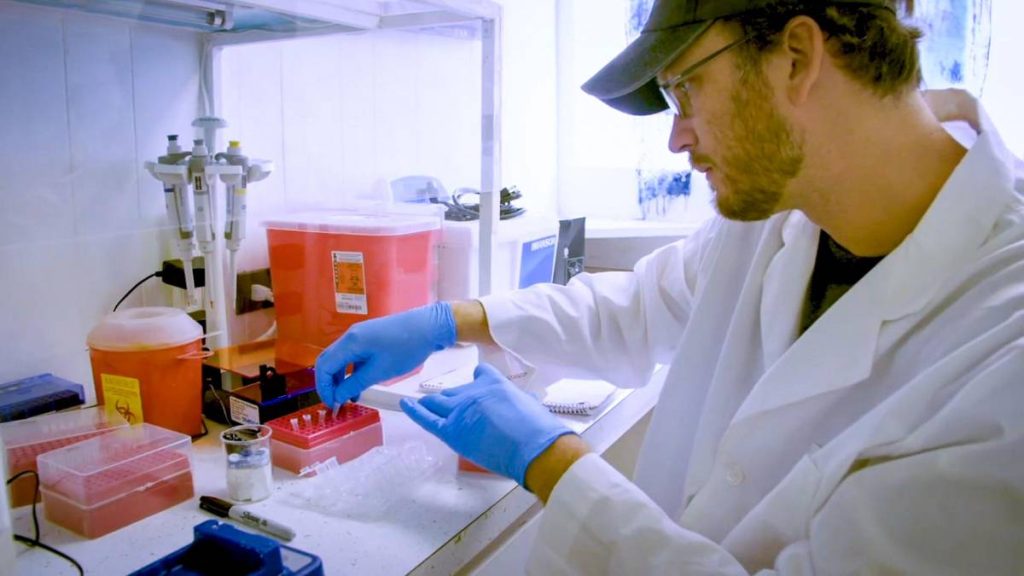Massive Eruptions On Jupiter Moon Surprise Researchers
Massive volcanic eruptions on Jupiter’s moon Io might be more common than astronomers thought, said researchers at the W. M. Keck Observatory and Gemini Observatory, both near the summit of Mauna Kea.
Three of these presumed rare volcanic “outbursts” on Io, which can send material hundreds of miles above the surface, were observed within a two-week period in August 2013, leading astronomers to reconsider their thinking on the frequency of such events.
“We typically expect one huge outburst every one or two years, and they’re usually not this bright,” said Imke de Pater, professor and chair of astronomy at the University of California, Berkeley, and lead author of one of two papers describing the eruptions.
“Here we had three extremely bright outbursts, which suggest that if we looked more frequently we might see many more of them on Io.”
Io, the innermost of Jupiter’s four large “Galilean” moons, is about 2,300 miles across, and, aside from Earth, is the only known place in the solar system with volcanoes erupting extremely hot lava like that seen on Earth. Because of Io’s low gravity, large volcanic eruptions produce an umbrella of debris that rises high into space.
De Pater’s long-time colleague and coauthor Ashley Davies, a volcanologist with NASA’s Jet Propulsion Laboratory at the California Institute of Technology in Pasadena, Calif., said that the recent eruptions resemble past events that spewed tens of cubic miles of lava over hundreds of square miles in a short period of time.
“These new events are in a relatively rare class of eruptions on Io because of their size and astonishingly high thermal emission,” he said. “The amount of energy being emitted by these eruptions implies lava fountains gushing out of fissures at a very large volume per second, forming lava flows that quickly spread over the surface of Io.”
Volcanoes were first noted on Io in 1979, and subsequent studies by the Galileo spacecraft, which first flew by Io in 1996, and ground-based telescopes show that eruptions and lava fountains occur constantly, creating rivers and lakes of lava.
But large eruptions, creating vast lava flows in some cases thousands of square miles in area, were thought to be rare. Only 13 were observed between 1978 and 2006, in part because only a handful of astronomers, de Pater among them, regularly scan the moon.













